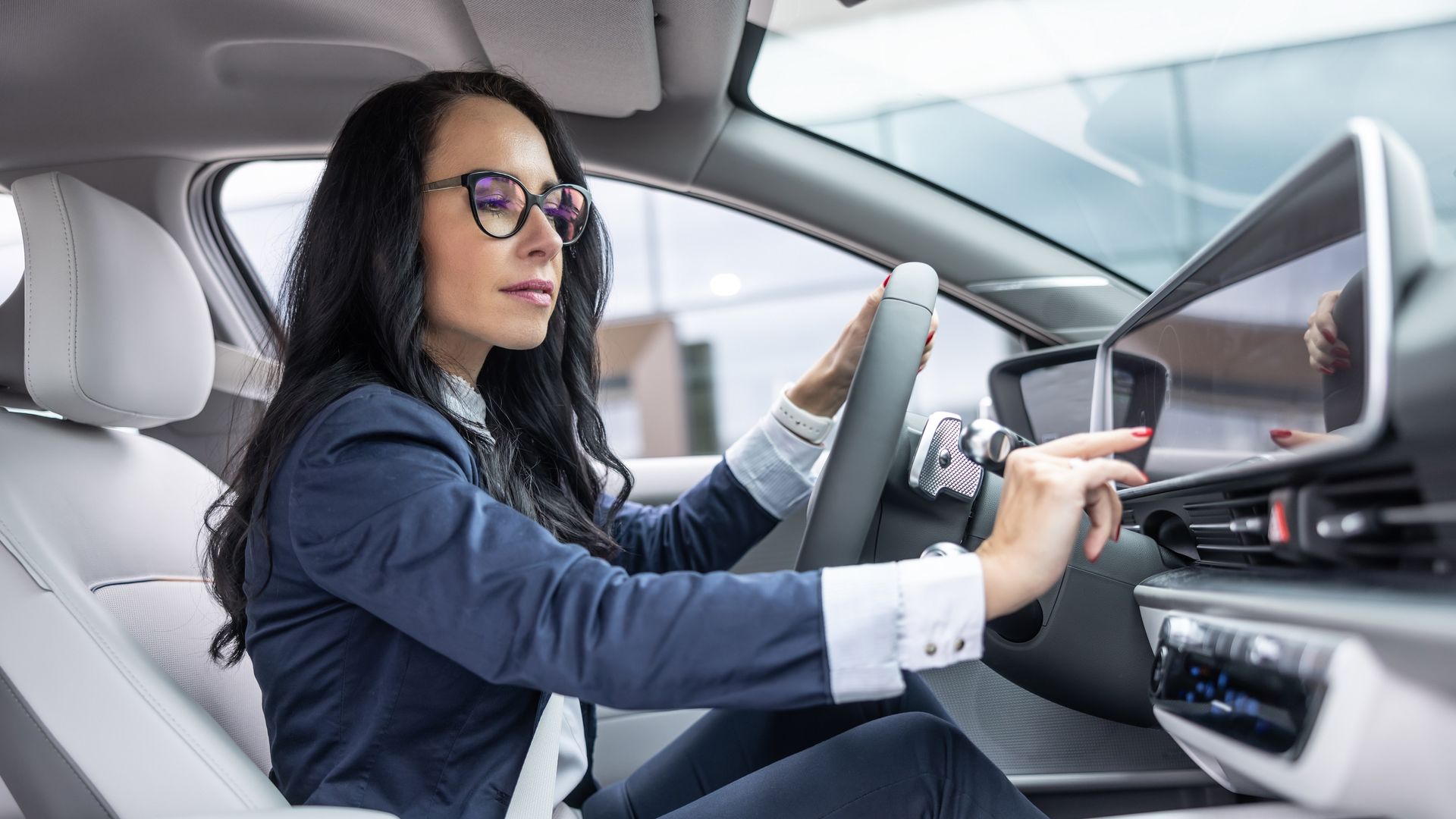Published 30 April 2024
With homage to Ralph Nader, author of Unsafe at Any Speed, a landmark in consumer advocacy and journalism, today’s story examines how little major auto manufacturers prioritize safety. They often compel drivers to divert their attention from the road, dealing with complicated touchscreens that transform them into distracted drivers.
While many consider Tesla the first automobile with a large touchscreen interface, the title actually belongs to the 1986 Buick Riviera with its Graphic Control Center. This feature integrated climate control, radio, equalizer, trip details, gauges, and diagnostic information. As automotive journalist Brock Yates noted in 1986, it was “a bad joke” because it accomplished tasks that could be handled much faster by traditional knobs and buttons.
The Safety Risks of Touchscreens
Research conducted in the U.S. and Europe highlights the dangers of touchscreen technology in automobiles. A recent test by the Swedish auto magazine Vi Bilagare in 2022 found that using physical buttons is significantly safer than utilizing touchscreens. The test involved twelve different vehicles, revealing that while an older car required only 10 seconds to complete four simple tasks, the Tesla Model 3 took up to 23.5 seconds, during which the driver’s attention was diverted from the road.
- Touchscreens are proven distractions, similar to texting while driving.
- Studies show that taking your eyes off the road for just five seconds at 55 mph covers the equivalent distance of a football field.
- Texting increases the time a driver’s eyes are off the road to 20 seconds, significantly heightening the risk of accidents.
Automakers Favor Touchscreens for Cost Efficiency
Conversations with industry experts, such as Dr. Maddie McCarty, a human factors engineer at Consumer Reports, reveal that manual controls are generally easier and safer to use compared to touchscreens. Dr. McCarty expressed concern about touchscreen design leading drivers to look away from the road, indicating a clear preference for physical buttons among consumers who find touchscreens challenging to operate.
Automakers may adopt touchscreen interfaces primarily for cost-saving benefits. Features can be updated via software, reducing the need for new physical components. However, the initial excitement of new technology can fade when drivers experience software glitches and usability issues.
The Case for Legal Accountability
One potential method to compel automakers to prioritize safer technology is through personal injury lawsuits related to distractions caused by touchscreens. Attorneys, such as Steven Goldberg from the Steinberg Law Firm, indicate that manufacturers could be held co-responsible in lawsuits that arise from accidents linked to touchscreen distractions.
Goldberg emphasizes the advantages of physical controls which allow drivers to engage without diverting their attention away from the road. He highlights the danger presented by touchscreens, which inherently necessitate visual focus, ultimately making accidents more likely.
Auto Insurance Implications
The question then arises: Could owning a vehicle equipped with attention-demanding touchscreens lead to increased auto insurance rates? Karl Susman, a seasoned insurance broker, notes that the insurance industry is becoming more aware of the correlation between touchscreen use and accident frequency. This growing understanding suggests that safety should always come first in automotive design.
As these issues come to light, it becomes increasingly crucial for consumers to push for safer vehicle designs that prioritize driver focus and overall safety.
Disclaimer
This article reflects the views of the contributing advisor, not iBestTravel’s editorial staff. To check advisor records, please visit SEC or FINRA.




